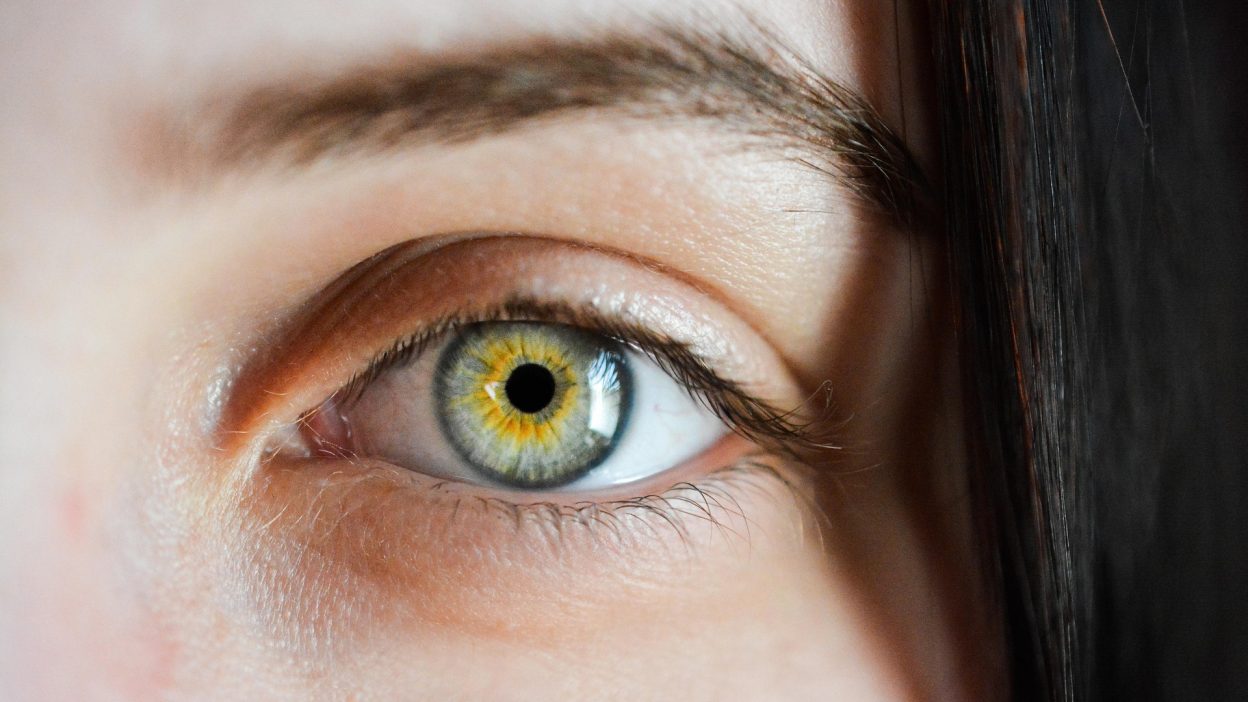Eye colour is more than just a genetic trait—it’s a fascinating blend of melanin, light reflection, and even a bit of mystery. While brown, blue, and hazel eyes dominate globally, some shades are so rare that only a tiny percentage of people have them. Discover the rarest eye colours in the world and what makes them truly special.
They say the eyes are the window to the soul, but did you know that some eye colours are so rare that only a small fraction of the population has them? While brown eyes are the most common worldwide, there are unique shades like amber, silver, and even violet that make some eyes stand out. But what determines eye colour, and why are some shades more uncommon than others? Let’s dive into the science and uncover the rarest eye colours in the world.
What Determines Eye Colour?
Eye colour is mainly influenced by melanin, the same pigment responsible for hair and skin colour. The more melanin present in the iris, the darker the eyes appear. Conversely, less melanin results in lighter eye shades. However, light scattering and genetics also play a major role. The Rayleigh scattering effect, which is the same reason the sky appears blue, influences how light interacts with the iris, creating shades like blue, green, and even silver.
The Rarest Eye Colours in the World
Amber Eyes
Percentage of the world’s population: Less than 5%
Amber eyes have a striking golden or coppery hue and are often mistaken for hazel. Unlike hazel eyes, which contain brown and green tones, amber eyes have a solid yellow or golden tint due to high levels of lipochrome, a pigment found in the iris. While rare worldwide, they are more common in parts of Asia and South America.
Green Eyes
Percentage of the world’s population: 2%
Many people mistakenly identify their hazel eyes as green, but true green eyes have a consistent hue without brown undertones. They are more common in Northern and Central Europe and Western Asia, yet still remain one of the rarest eye colours. Green eyes are the result of low melanin levels combined with Rayleigh scattering, which gives off a bluish tone that mixes with yellow pigment to create green.
Silver Eyes
Percentage of the world’s population: Very rare
Silver eyes are often a variation of blue eyes, caused by extremely low pigmentation in the iris. They appear grey or silver due to how light scatters inside the eye. This rare shade is more commonly seen in people of Eastern European descent.
Black Eyes
Percentage of the world’s population: Extremely rare (but not truly black)
Contrary to popular belief, black eyes do not exist. What appears as black eyes are actually an extremely dark brown shade caused by a high concentration of melanin in the iris. These eyes are so dark that they often appear black under normal lighting.
Red or Pink Eyes
Percentage of the world’s population: Less than 1% (mostly in people with albinism)
Red or pink eyes are typically associated with albinism, a genetic condition where the body produces little to no melanin. Without pigment, the blood vessels inside the eye become visible, giving a reddish or pink hue. This is one of the rarest and most striking eye colours.
Violet Eyes
Percentage of the world’s population: Extremely rare
Although Elizabeth Taylor was famous for her “violet” eyes, true violet eyes do not naturally occur. This unique appearance is usually the result of blue eyes reflecting red light, or due to lighting and makeup effects. However, in very rare cases, people with albinism may have a violet-like hue due to their lack of pigmentation.
Multicoloured Eyes (Heterochromia)
Percentage of the world’s population: Less than 1%
One of the most fascinating eye conditions, heterochromia occurs when a person has two different-coloured eyes or variations of colour within the same eye. There are three main types:
- Complete heterochromia – Each iris is a different colour (e.g., one blue eye, one brown eye).
- Partial heterochromia – A section of the iris is a different colour.
- Central heterochromia – The inner part of the iris is a different colour from the outer part.
This rare trait is seen in both humans and animals, including Huskies and Australian Shepherds. Celebrities like Kate Bosworth and Mila Kunis have heterochromia, making their eyes stand out even more.




